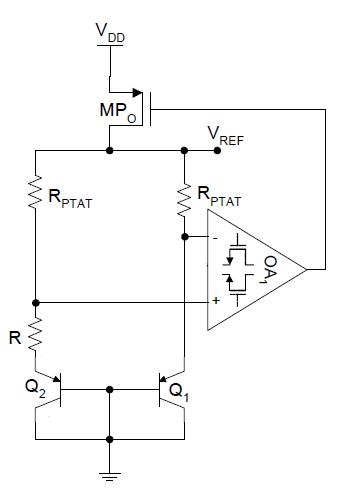fby1029
Newbie level 4

now i must design a reference for a 16-bit DAC, but i don't make a clear understanding of the requirement.
maybe the TC should be less than 1 ppm/C, but some DAC datasheets suggest 4ppm/C is also OK. i am confused about the limitation.
can someone help me?
maybe the TC should be less than 1 ppm/C, but some DAC datasheets suggest 4ppm/C is also OK. i am confused about the limitation.
can someone help me?

